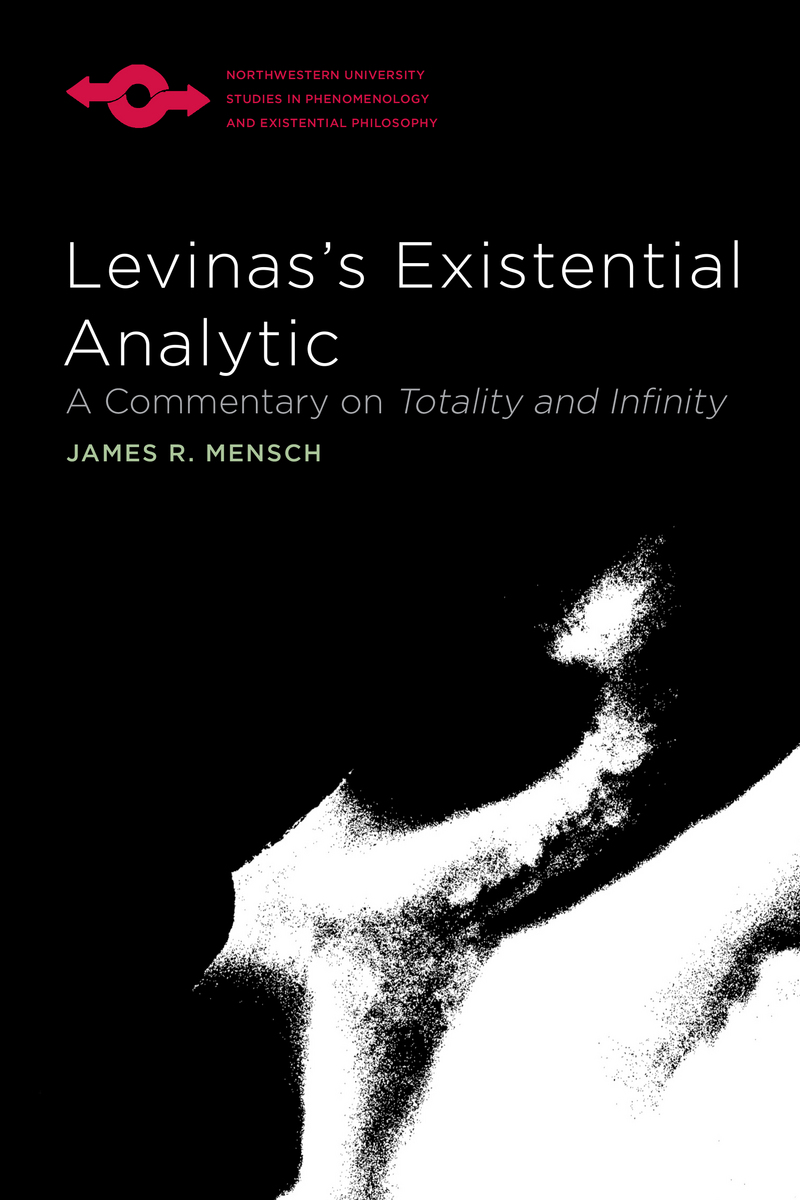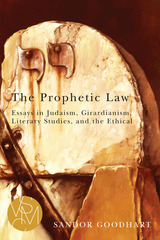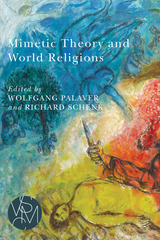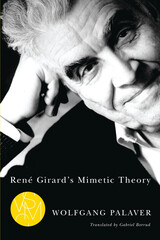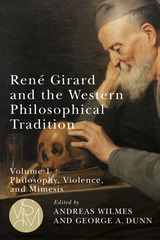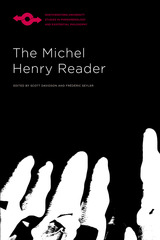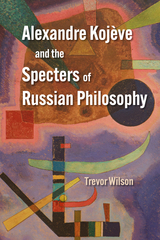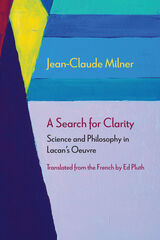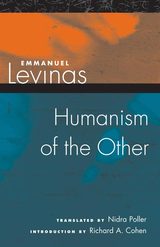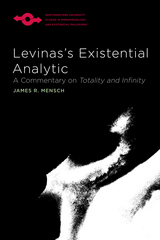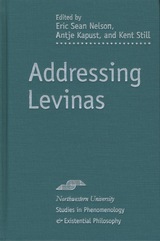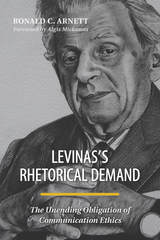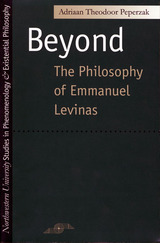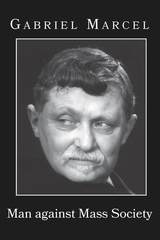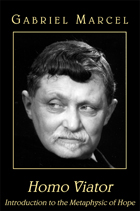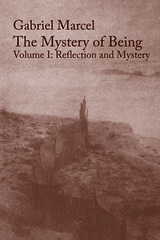Levinas's Existential Analytic: A Commentary on Totality and Infinity
Northwestern University Press, 2015
Cloth: 978-0-8101-3052-4 | Paper: 978-0-8101-3054-8 | eISBN: 978-0-8101-6818-3
Library of Congress Classification B2430.L483T466 2014
Dewey Decimal Classification 111
Cloth: 978-0-8101-3052-4 | Paper: 978-0-8101-3054-8 | eISBN: 978-0-8101-6818-3
Library of Congress Classification B2430.L483T466 2014
Dewey Decimal Classification 111
ABOUT THIS BOOK | AUTHOR BIOGRAPHY | REVIEWS | TOC | REQUEST ACCESSIBLE FILE
ABOUT THIS BOOK
By virtue of the originality and depth of its thought, Emmanuel Levinas’s masterpiece, Totality and Infinity: An Essay on Exteriority, is destined to endure as one of the great works of philosophy. It is an essential text for understanding Levinas’s discussion of “the Other,” yet it is known as a “difficult” book. Modeled after Norman Kemp Smith’s commentary on Kant’s Critique of Pure Reason, Levinas’s Existential Analytic guides both new and experienced readers through Levinas’s text. James R. Mensch explicates Levinas’s arguments and shows their historical referents, particularly with regard to Heidegger, Husserl, and Derrida. Students using this book alongside Totality and Infinity will be able to follow its arguments and grasp the subtle phenomenological analyses that fill it.
See other books on: Commentary | Existentialism | inf | Infinite | Lévinas, Emmanuel
See other titles from Northwestern University Press
